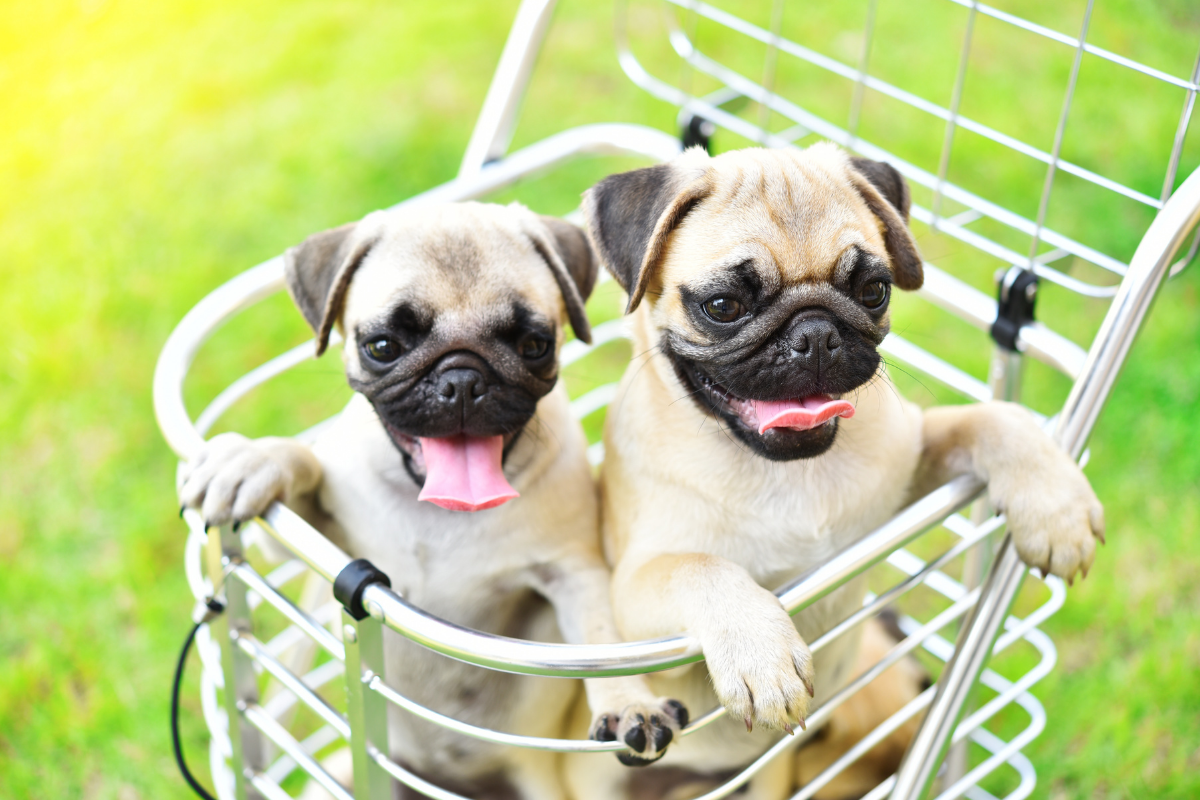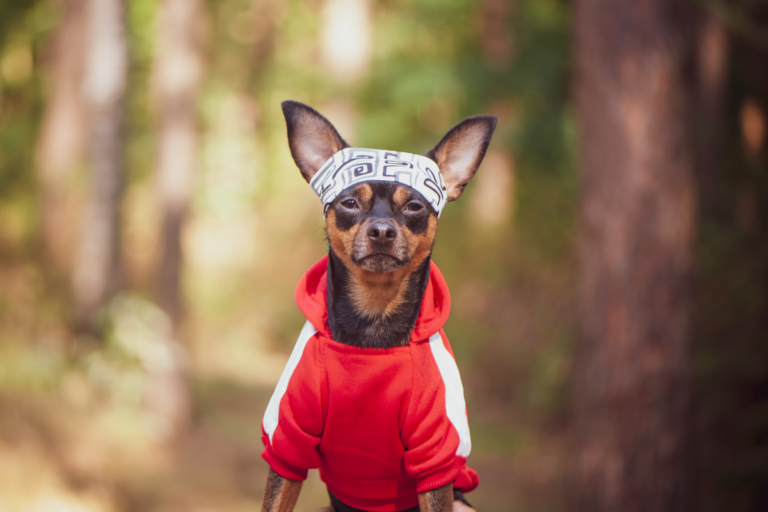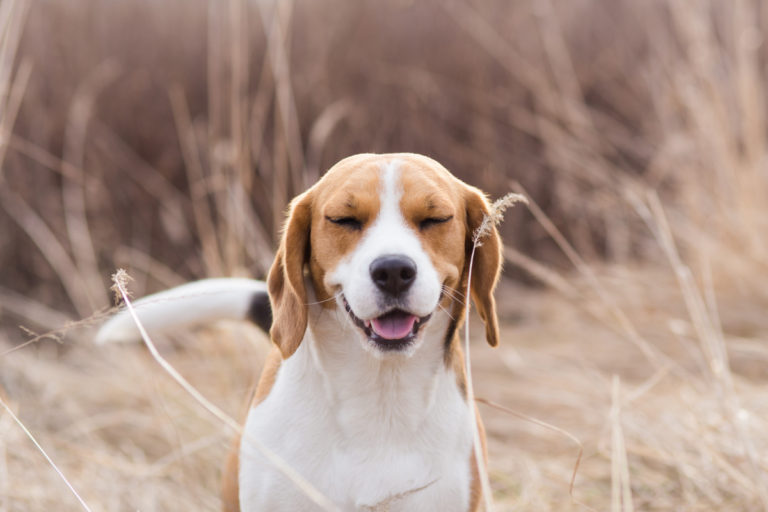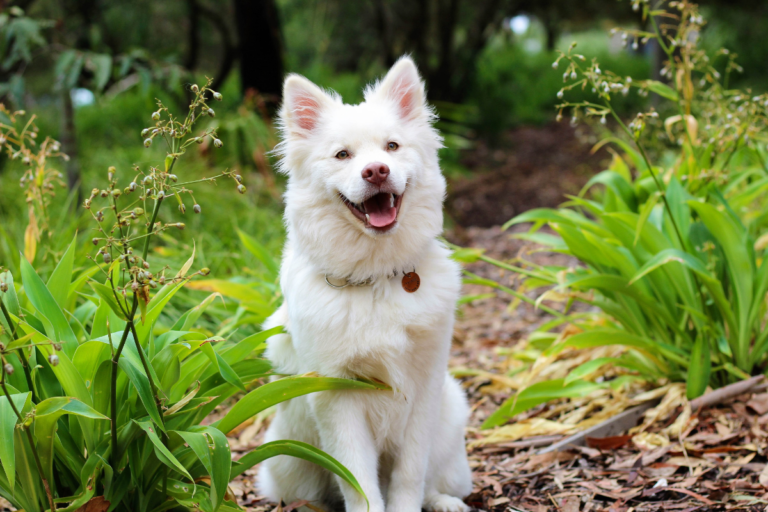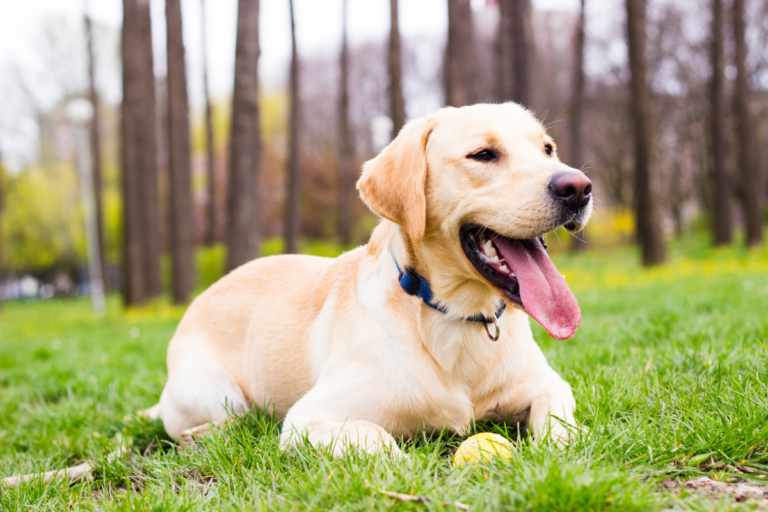Unveiling the Secret to Healthy Skinny Pugs
Understanding Skinny Pugs
Keeping our pugs in tip-top shape isn’t just about aesthetics; it’s crucial for their health, given their unique quirks and the risks tied to packing on those extra pounds. Let’s jump into what makes these pudgy munchkins special.
Unique Traits of Pugs
It’s no secret why pugs steal hearts with their distinctive features. They’re like furry little show-stoppers with their wrinkly faces, curly tails, and sturdy bodies. But with these endearing traits come specific needs.
Pugs, true to their nature, love chowing down, which might make you think they’ve got a hollow leg or two. As Hypro Premium puts it, they’re aficionados of weight gain, which is why keeping an eye on their portions is a must. Puppies need more pit stops at the food bowl—think three to four times daily—to keep their batteries charged and growth steady.
Despite looking like they’re made for couch-potato life, pugs are more active and energetic than you’d expect. Their big eyes and snuggly personalities make them family favorites, but it’s important to keep their weight in check, as even a little extra can add up fast.
Risks of Obesity in Pugs
With pugs having a knack for putting on weight, obesity is top on the watch list. An overweight pug faces a downhill battle with plenty of health risks.
| Health Risk | Impact |
|---|---|
| Breathing Blues | Flabby pugs can struggle to breathe, thanks to their stubby noses and extra padding. |
| Achy Joints | Added heft stresses their joints, increasing the arthritis risk. |
| Heart Woes | Extra weight? More work for the heart, setting the stage for problems. |
| Shortened Golden Years | Excess weight can shave time off their clock by opening the door to various health woes. |
These risks remind us that staying on top of a pug’s weight is a must. Overfeeding—even with those chin-scratch-inducing treats—can turn south quickly. Like Hypro Premium says, treats should be just a small slice (10%) of their calorie pie.
Spotting signs of a slim-down spiral is crucial too. Catching weight loss early can help uncover issues before they become dramas, as highlighted by Maryland Veterinary Surgical Services. Balancing their weight is a balancing act and is key to keeping them in tip-top shape.
Curious about more woof workouts? Check out our other reads on canine fitness and dogs workout. These pieces give helpful hints on keeping our four-legged buddies moving and grooving.
Keeping our pugs at their happy weight makes sure they stick with us longer, livelier, and loving life.
Weight Management for Pugs
Managing our darling pugs’ weight is all about striking the right balance to keep them healthy and happy. Let’s lay it out plain and simple – from spotting if your pug’s a bit too skinny, to figuring out how to boost their diet.
Identifying Underweight Pugs
First things first, we need to see if our pug pals are too slim. If you can spot their ribs, their waistline is all too clear, or they just seem a little more tired than usual, they might need more pounds. Reasons like pickiness, anxiety, sickness, or even a dental boo-boo could leave them underweight (source: Daily Paws).
Here’s a quick check to see if your pug’s too lean:
- Feel those ribs – if they’re easy to count but not poking out, you’re good.
- Check the waist from above, and peep from the side – slight curves, but nothing like an hourglass!
For a precise call on their ideal weight, your friendly vet is the go-to expert.
Dietary Strategies for Gaining Weight
When our fur babies are not gaining enough weight, some tweaks in their diet could work wonders. Here’s what you can try:
-
Frequent Meals: Serve up smaller meals several times a day. This way, pugs munch more without overloading their tummies (source: Daily Paws).
-
High-Calorie Foods: Switch to high-calorie chow if your vet gives a thumbs-up. These are packed with the energy and goodies they need.
-
Dry vs. Wet Food: Mix up their meals with both dry and wet food – see what tickles their taste buds and suits their needs.
-
Different Treats: Treats with more calories can give them a boost, as long as they’re packed with goodness.
| Feeding Guide for Pug Puppies |
| —————- | ——— |
| Weight (kg) | Daily Feeding (grams) |
| Up to 10 kg | 120-160 grams (1 to 1 ⅓ cups) (Hypro Premium) |
| Feeding Frequency| 3-4 times a day |
Portion Control and Treats
Bumping up the calories is key for underweight pugs, but watch out – don’t go overboard with portions and snacks.
Portion Control: Stick to feeding guides based on your dog’s size and years. Tweak it as necessary to put on those pounds healthily.
Treats: Treats shouldn’t exceed 10% of their daily cal intake. We want to reward them, not roll them down the street (source: Hypro Premium).
For more tips on keeping your pug in tip-top shape, check out our articles on canine fitness and dogs workout. They’re full of ideas to keep our little friends strong and lively.
Understanding how to spot and help our skinny furry companions with the right food and portions means our dogs will flourish. Always reach out to your vet for any specific advice or questions.
Health Concerns for Pugs
Keeping our beloved, pudgy pugs happy and healthy can sometimes feel like a balancing act. Just like us, they’ve got their own set of quirks that need a little extra care. Let’s chat about those pesky skin issues, some back and hip challenges, and why keeping an eye on their weight is a must.
Skin Conditions and Care
Our pugs got those famous skin folds that give them character and, let’s be honest, a bit of trouble. These cute wrinkles are a hotspot for issues like demodectic mange, caused by mites. It’s kind of like their version of a bad hair (or skin) day, leading to those red, itchy spots and clumps of missing fur. The trick to avoiding this? Regular cleaning spells for those skin folds—think of it as a spa day for your pug. Throw in some vet check-ups, and we can help keep those skin dramas in check.
Spinal and Hip Issues
Here’s a fun bit of trivia: our pugs’ iconic screw-tail is linked to a spinal issue called hemivertebrae. That just means some vertebrae don’t play by the rules, causing discomfort and, sometimes, putting the kibosh on playtime with some back leg issues. Toss in Legg-Perthes disease, where blood skips the hip bone, making it a pain in—well, the hips. Luckily, some surgical magic can help swing things back to normal, and give our little ones their groove back.
Monitoring for Optimal Weight
Pugs and food go together like peanut butter and jelly, but letting them pack on the pounds isn’t doing them any favors. A healthy pug should flaunt a waistline you can see from above—yes, they have a waist! Keep tabs on their weight, and make sure those ribs have just enough padding without turning into fluffy mystery zones. If they tip the scale at over 18 pounds, it might be time to shake up their meal plan or call in the experts.
| Weight Category | Description |
|---|---|
| Healthy Weight | Waist visible, ribs can be felt under slight padding |
| Overweight | Round, with ribs hiding under a cozy fat blanket |
| Underweight | Ribs peeking through, muscles missing |
To keep our pugs in tip-top shape, exercise is key! Yes, they are brachycephalic champions, but they still love a good workout. Check out our sections on canine fitness and how to make workouts fun at fitness routines with your pup. And for more energetic shenanigans, don’t miss our articles on dogs workout and all things k9 fitness. Because who said workouts can’t be a walk in the park?
Fitness and Exercise for Pugs
Keeping our Pugs fit and frisky, while they sometimes have that little extra pudge—aka “skinny pugs”—is a puzzle worth solving. These wrinkle-faced pals need the right exercise to keep them wagging tails and tongues happily.
Exercise Needs for Pugs
Our short-snouted Pugs sure win the cute contest, but it means they need a bit of TLC when it comes to working out. Those itty-bitty noses can make breathing a challenge. So we have to be smart with their exercise routine.
Here’s what works for their exercise groove:
- Short walks and playtime: About 20-30 minutes, two times a day should do the trick.
- Indoor games: Quick, lively games that match their spurts of energy.
- Breaks: Regular pit stops are essential to avoid overdoing it.
Best Exercise Times
For our little snub-nosed buddies, the cooler the weather, the better. When it’s hot, they may pant like they’re narrating a suspense thriller, with each breath more dramatic than the last.
| Time of Day | Activity |
|---|---|
| Early Morning | Walks, Light Play |
| Late Afternoon | Walks, Light Play |
| Evening | Indoor Games, Light Play |
Stick to the cool chunks of the day—morning or evening is perfect—so they don’t start puffing like a steam engine. PetMD says cut the playtime if they make breathing noises like they’re starring in a horror movie. Always keep an eye on ’em during their fun.
Balancing Activity with Brachycephalic Needs
Getting the hang of mixing fun time with down time is the secret to happy Pug life. Here’s how we roll:
- Pick the right stuff: Think chill activities that are easy on their breathing.
- Watch closely: If their breathe sounds like they’re trying to audition for a Darth Vader film, time for a break!
- Quenching thirst: Keep that water bowl handy during and after workouts.
For more ways to keep your pup playful, take a peek at fitness with dog and dogs workout.
When we tune into their needs and quirks, our Pugs can have an active lifestyle without turning into couch potatoes or gasping for air like they just ran a marathon. Give ’em the perfect mix of adventure and chill vibes, always with an eye on their comfort. Curious about tips for other dog champs? Check our articles on fit labrador and canine fitness.
